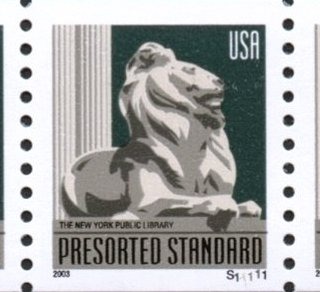Embellishment, part 1.
Embellishment happens all the time. It is a basic part of human nature to want to impress our fellow humans. Some people have taken this a step further by discovering that, when you impress people, they are often willing to pay you. Probably the most famous example of embellishment in my culture is the “fish story” wherein the luckless fisherman exaggerates the size of the fish that got away. There are a few variations of embellishment. Some, like the fish story, are the result of an act of wishful thinking overlaid on a real experience. Some are an overlay of prejudicial thinking, or previously held beliefs on observed phenomenon. Some are carefully constructed and elaborate tapestries of subjective reasoning that become methods for living, religious dogma, or supporting “evidence” for claims that are not scientifically proven. Some embellishments are the product of a single act of revision, and some grow with the re-telling. They all share the common element of starting with a grain of truth, and, like an oyster growing a pearl around a grain of sand, surrounding it with material that often completely obscures the shape and nature of that truth.
For example, Feng-shui. An entire dogma has grown up around a belief that one’s surroundings can be modified to positively affect one’s mental health. Duh. Unnecessary mystical relationships and unquantifiable physical states and energies are expounded to explain the phenomenon. Why? Because elaborate methodology and “wisdom of the ages” is easier to package and sell than are the simple concepts of eye appeal and personal satisfaction with one’s surroundings. If I allow my environment to become cluttered, there is a constant, low-level nag in the back of my mind that I should clean up. I feel guilty about relaxing when there is unfinished work. If I hire an interior decorator, or make any kind of decorating plan and meticulously create and maintain it, then there is nothing for me to do when I enter the room but to enjoy living inside the three dimensional picture I have created for myself. I am relaxed and satisfied. That’s it. No chi, gui, ki, or toenail synergy is necessary to explain the phenomenon. I need satisfy no dogmatic disciplines. All I need are the kind of artistic balances taught in an Art Appreciation class, and my own personal taste, assuming that I am assertive enough to know what that is. Satisfying artistic balances in a three-dimensional space that will be viewed from several angles is admittedly more difficult than doing so in a two-dimensional painting. Also, when dealing with a living space, concessions need to be made to satisfy functional requirements. It’s called interior decorating, and like anything else, there are people who have a flair for it, those who don’t, and those who don’t but think that they do. Don’t let anybody tell you that you need a goldfish pond to make you happy if that’s not what you’re telling yourself.


0 Comments:
Post a Comment
<< Home